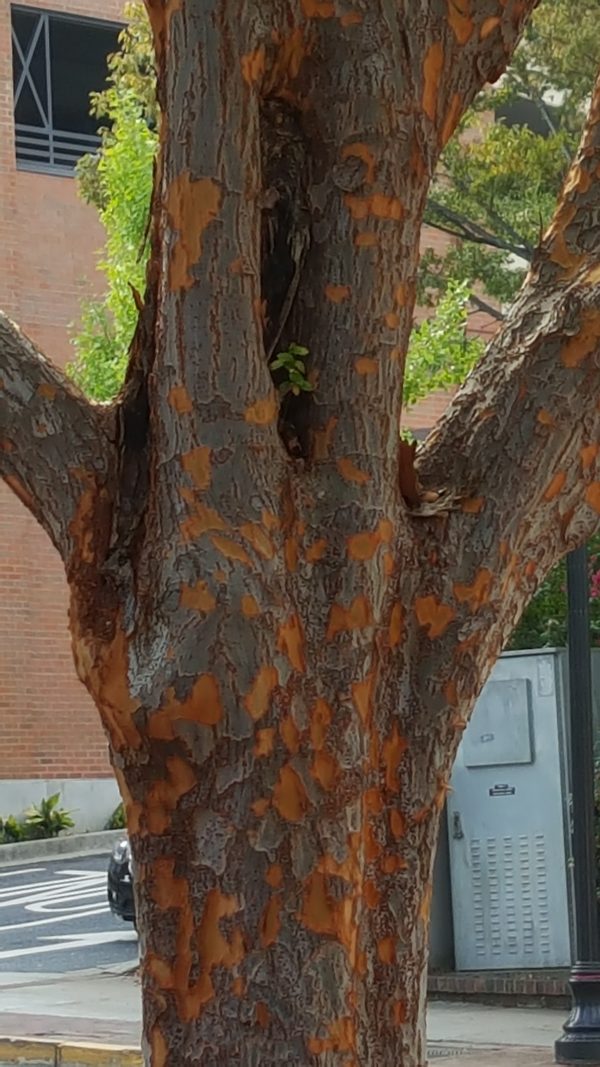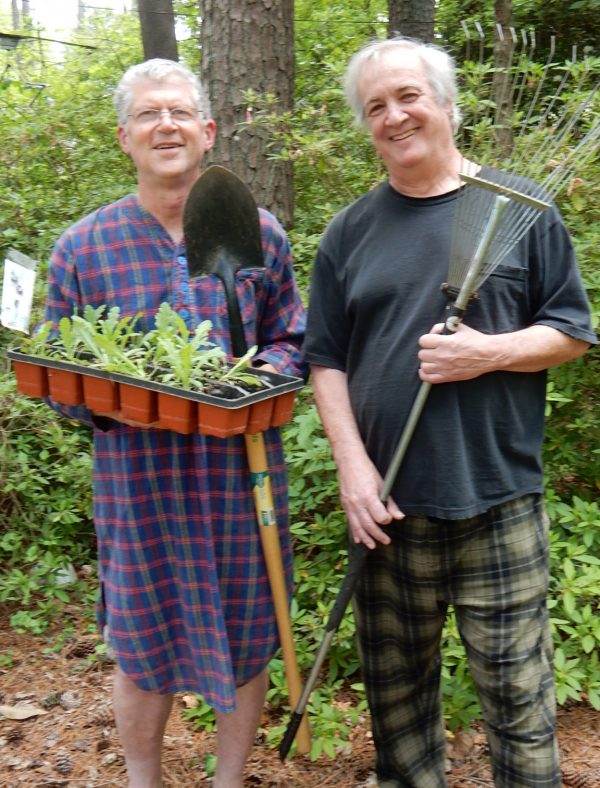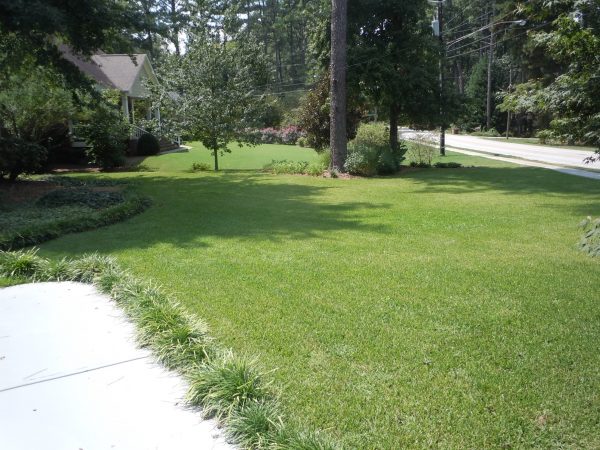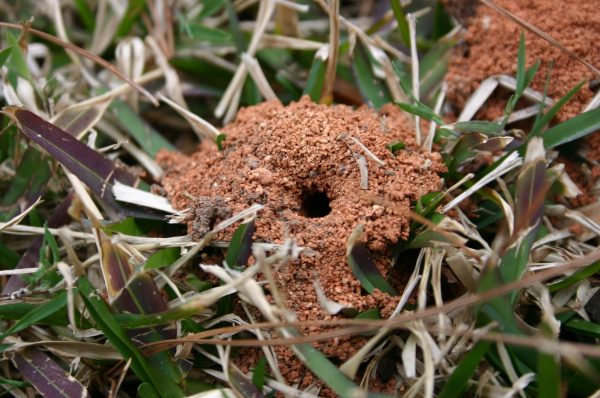Tree Roots – Damaging Basement Wall
Q: I have large pin oak trees in my front yard, roughly fifty feet from the front of my house.
Recently I noticed roots on top of the grass heading toward my foundation. One wall in my basement already has a small horizontal crack. What should I do?
A: I wouldn’t do anything. I’m very doubtful that roots extending fifty feet from your tree have any interest in invading your basement. Tree roots seek moisture, nutrients or oxygen, none of which is provided by your foundation walls.
Foundations can be harmed when main feeder roots are within a few feet of the wall, but that damage is mostly caused by mechanical pressure as the tree sways. It’s true that tree roots can crack concrete slabs when they grow underneath and can split rocks when they follow a crack to find moisture and then expand.
However, neither of these seems to be your situation. If you are still worried, hire a certified arborist (www.georgiaarborist.org) to decide if something needs to be corrected.
UPDATE
Garden friend D. P. adds his comments from an engineer’s perspective:
“In your recent column, you answered a question about tree roots and their possible effect on basement walls. Having been a professional civil engineer in the investigative engineering business for thirty years I have run into a number of basement wall damages, even collapses of them, in which tree and/or bush roots had played a part, if not the major part, in the damage.
“Your analysis of the questioner’s problem was mostly correct, given the evidence presented, but I would like to offer just a little more insight to the problem based on my years of encountering similar situations.
“First, let’s look at the damaging mechanism of roots growing in the near proximity of a basement wall (you were correct in saying that trees 50 feet away shouldn’t be a problem). Whether we’re talking about a few large roots or a multitude of smaller roots, the fact is that when they grow they expand, compressing the soil in the immediate vicinity of the roots. If there are other features in the immediate vicinity such as sidewalks or roads, the growing root system(s) will displace them, a phenomenon most of us have witnessed.
“The same is true, however, of vertical features like basement walls, retaining walls and the like. If there is sufficient numbers and/or sizes of roots in the immediate vicinity of such features, they will apply pressure to them as the root system(s) grow, expanding in volume and compressing the soil, to eventually displace them in one way or another. Thus, they can very definitely damage a basement wall, particularly a concrete block wall which usually exhibits a horizontal crack in the mortar joints in the upper third of the wall where the roots are applying the pressure.
“Stair stepping of the crack at the ends where lateral support is being provided by the end walls is also typical. Cracks in the middle third of the height of a concrete block basement wall, by the way, are more likely the result of improper compaction of the backfill during construction, the later consolidation of which applies pressure lower on the wall.
“As to whether or not something should be done, a further look into the particulars would probably be warranted before drawing a conclusion on that question. Looking at the situation as a whole and not just from the pin oaks 50 feet away, answers to some other questions should shed some light on it:
1) Are the oaks, in fact, 50 feet away?
2) Are there other trees and/or bushes closer to or next to the wall?
3) Where is the crack in the wall? Top third? Middle third?
4) What do you know about how the wall was constructed, including how it was backfilled?
5) Can a probe be inserted into the soil next to the basement wall relatively easily or not?
6) Is the slope of the ground next to the wall away from or toward the wall?
7) Is surface water available to the wall?
(The answers to these last two questions could be extremely critical.)
“You suggested consulting a certified arborist if the person was still worried. It might be prudent to also consult a professional engineer who is versed in such matters.”















